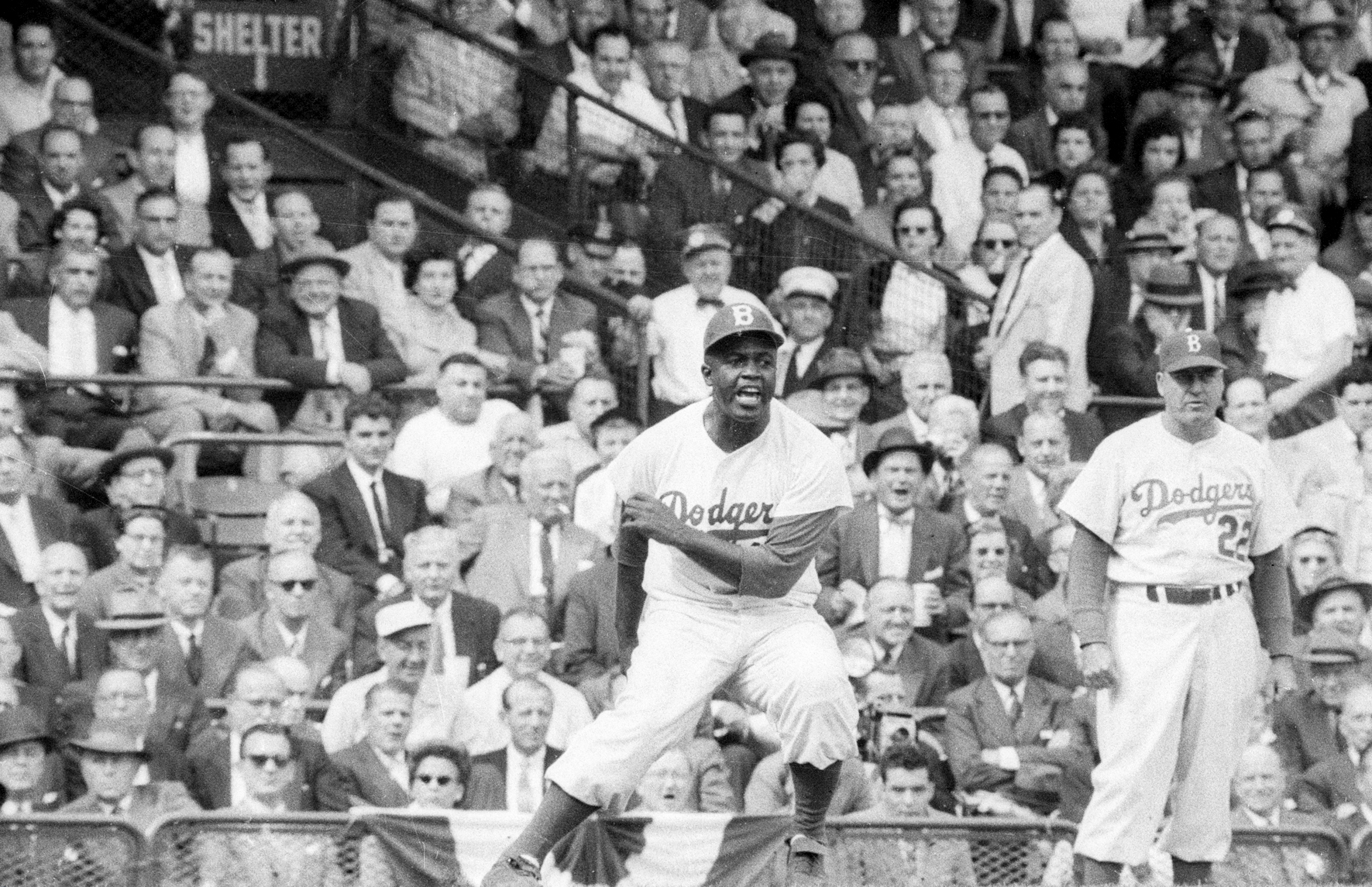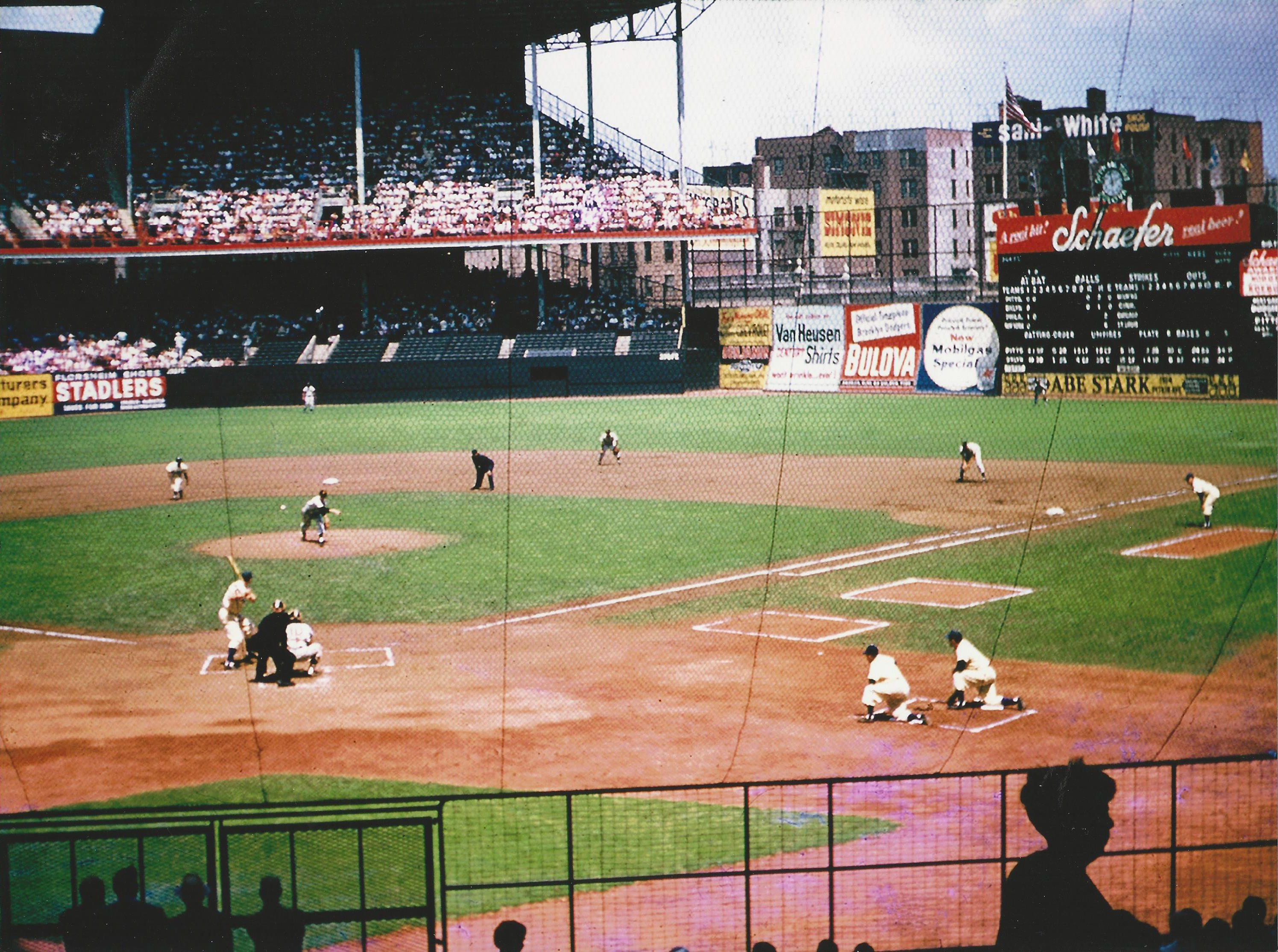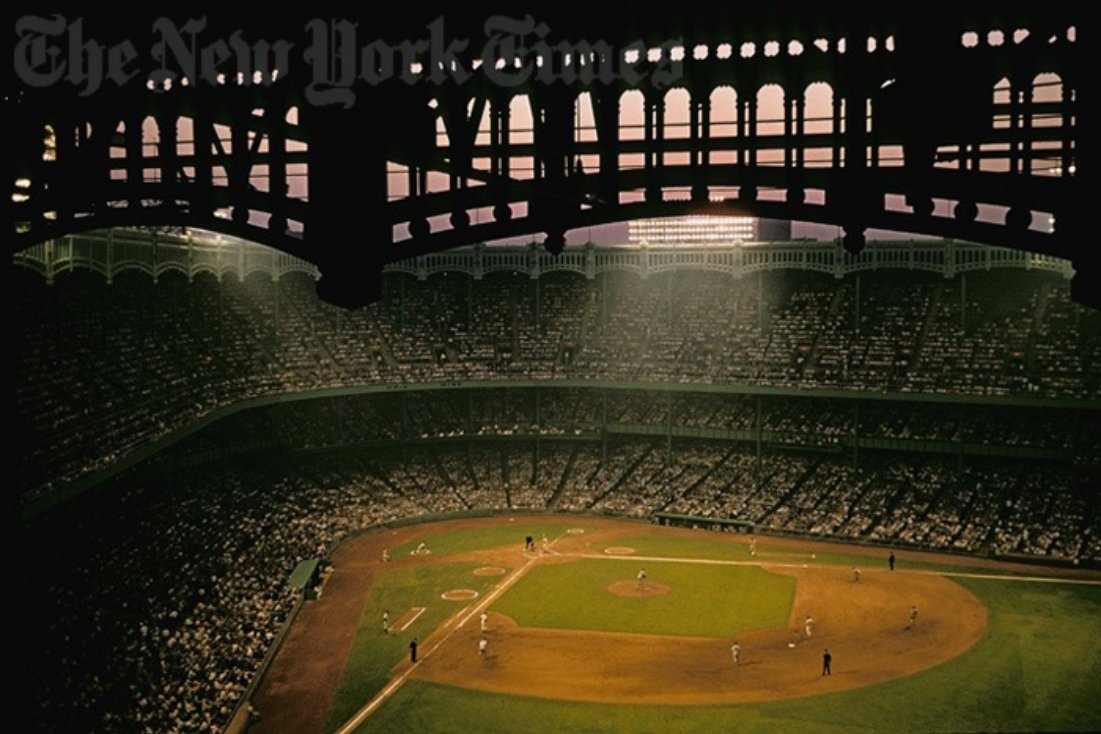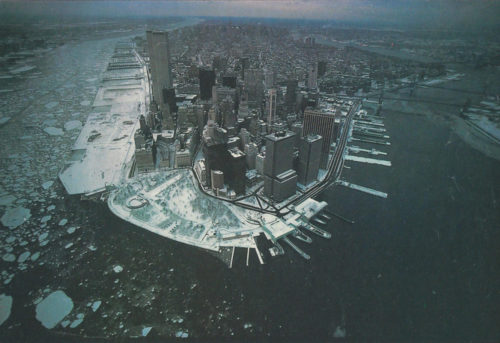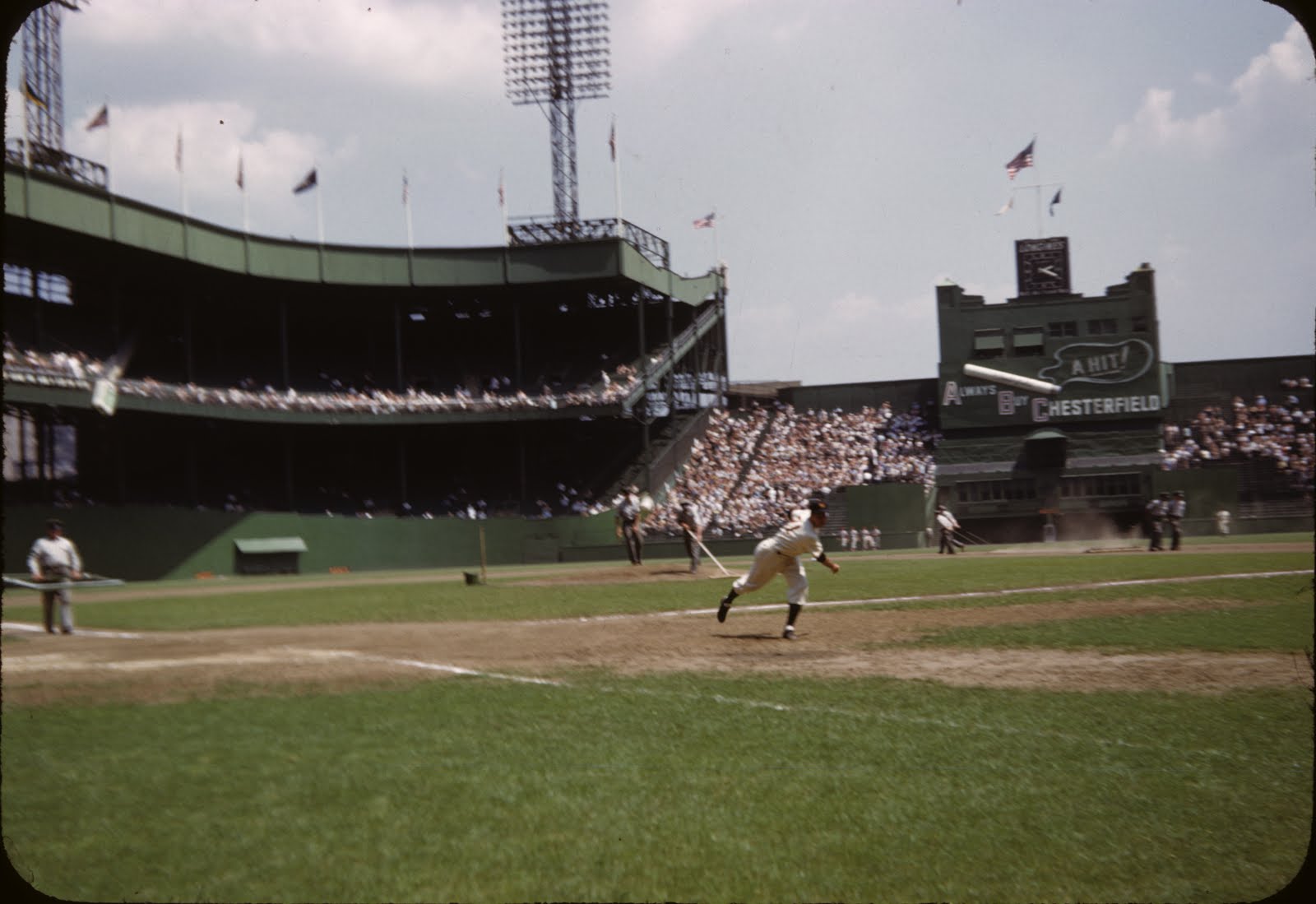BASEBALL
Classes, Lectures, Tours
PETER LASKOWICH

“I link your ordinary experience – what you see, hear and feel – with the history of New York, the nation and the world.”
Peter Laskowich: Historian, Lecturer & Guide

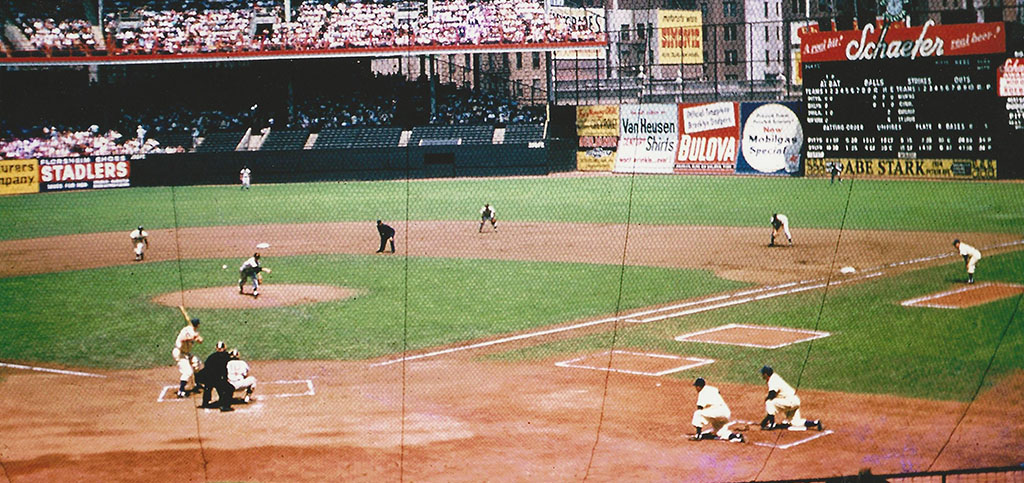

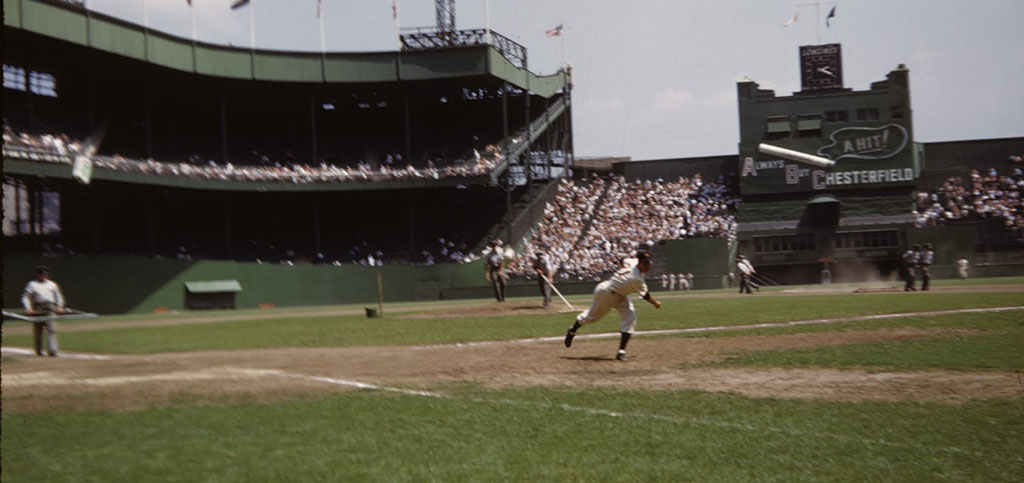
Baseball Creation and Evolution
New York creates the game
Baseball comes from New York City. The game began in a grassy field in Manhattan before growing up a few miles away in Brooklyn. Midtown and Uptown Manhattan took care of the rest, providing the game its culture and eventually setting in motion its modern era.
Jackie Robinson’s Brooklyn
Why Brooklyn?
It is said that if Jackie Robinson was the ideal man to integrate baseball, then Brooklyn was the ideal place. How was Brooklyn the ideal place?
Brooklyn and the Dodgers
Before and with the Dodgers, before and with Jackie Robinson
Most of baseball comes from Brooklyn.
After its creation by gentlemen in Madison Square Park, baseball changed fundamentally in Brooklyn, where the players were rarely gentlemen. There the game became a rousing contest with the object no longer to socialize but to win. This is not to mention the essential contribution of Brooklyn’s team to the nation in 1947.
The Baseball Dynasties
Baseball’s great dynasties – the Giants and the Yankees
The great baseball dynasties are those of the New York Giants (1904-1924) and the New York Yankees (several periods). For each of their leagues the Giants and Yankees represent the franchise with the most Hall of Famers, the most historic ballpark and the longest period of dominance.
ADDITIONAL PRESENTATIONS
Baseball Is New York
The countless traces of New York within the conduct of a baseball game.
Baseball Is Madison Square Park
Creation.
Baseball Is Brooklyn
Out of the primitive and into fundamental growth.
Baseball Is Harlem
The game assumes its current form.
Tradition: the New York Giants
Team of the established order, the Giants fostered the game’s traditions.
Mystique: the Brooklyn Dodgers
Some sixty years after its cruel removal, the ballclub that stirs greater passion (including resentment!) than any other.
Dynasty: the New York Yankees
Yankee dominance as reflections of local factors.
Spiritual Descendants: the New York Mets
Children of the lost Giants and Dodgers, and today most human of ballclubs.
The Great New York Ballparks
The whys and hows behind their location, form and character.
Polo Grounds: Baseball's Shrine
Baseball’s ancestral home.
Ebbets Field: Baseball's Funhouse
Brooklyn’s emotional center and the most intimate of ballparks.
Yankee Stadium: Baseball's Cathedral
A new kind of ballpark (as of 1923) anticipating a new baseball age.
The Giants and Dodgers Forsake New York
The unusual set of factors that made departure possible, and then inevitable.
The Continuing Legacy of the Brooklyn Dodgers
Brooklyn’s team affects American sports and politics to the present day.
Rivalries
The compelling relationships among New York’s major league teams.
Golden Age Baseball Media
Baseball’s finest announcers and newspapermen during the post-World War II era.
NEW YORK THROUGH BASEBALL
The shape of the diamond, the Giants as creators of sports tradition, Brooklyn’s dominating role in establishing the game, the continuing and powerful allegiance of Dodger fans (Brooklyn version only)… these are New York stories. Our focus is not baseball but New York history and culture. New York will deepen your appreciation of the game, and baseball will add context to your understanding of this great city.
Note that a good amount of duplication is essential among these presentations. The development of pitching, for example, and the growth of the sport are reflected directly in the still-evident passion around here for the Dodgers. Understanding the Mets demands a fair appreciation for the Giants and a lot of it for Brooklyn itself. And what do you think prompted the Yankees to begin (and never stop) throwing money around in the first place? Well, now we’re onto the Giants again.
What we’re really onto is New York City again. This is information you won’t get anywhere else.
Several patrons have asked, “Will we go inside of Yankee Stadium?” “Will we talk about the rotten Met bullpen?” “I’m interested in New York but not so much baseball,” or “I’m interested in baseball but not New York – how does all this matter to me?”
These classes and tours link the game and these teams with the history of New York. No other bat-and-ball game has foul lines – why did baseball need them? Baseball’s most valuable franchise had long been the Giants – how did they wind up in San Francisco? The early Yankees were sometimes referred to as New York’s forgotten team – what sent them to greatness?
Why did pitching go from an underhand lob to fastballs, curves and brushbacks? How can we read the Giants and Dodgers through the Mets’ colors, uniform, logo and locale? Why was Brooklyn willing to place a black man on the field when no other community dared consider it?
These are New York stories. On our tours we will not visit a single existing ballpark. We are unlikely to discuss the most recent World Series. We may discuss where the World Series comes from, or how Harlem was fundamental in creating the modern game.
Need more? Be in touch. Im always happy to talk.
BASEBALL-RELATED SITES - NEW YORK CITY
Madison Square Park (5th Ave. near 26th Street in Manhattan, approx. 1842-1845)
The first ballpark – Olduvai Gorge to baseball.
Elysian Fields (Hoboken NJ, 1845-1870s)
Site of the first recorded baseball games (i.e.- none were recorded at Madison Square Park).
The Brooklyn Waterfront (mid- to late 1850s)
Source of the inspiration for the curveball.
Fashion Race Course (Flushing section of Queens, 1858)
Site of the first all-star game (Brooklyn vs. New York), played on the infield of the race track located a few hundred yards from the site of Shea Stadium. The Dodger-Giant rivalry is most distantly rooted in this game.
Union Grounds (Williamsburg section of Brooklyn, 1862-1870s)
First enclosed ballpark. Admission was charged and the players demanded a cut, leading to the ordered and skilled professional game.
Capitoline Grounds (Bedford-Stuyvesant section of Brooklyn, 1864-1870s)
Where the surreptitiously professional Brooklyn Atlantics ended the 91-game winning streak of the openly professional Cincinnati Red Stockings. In this game switch-hitting was invented and extra innings established, and it resulted soon thereafter with the creation of the Boston Red Stockings (now the Atlanta Braves), baseball’s oldest franchise.
Polo Grounds I (5th Ave. at 110th Street in Manhattan, 1883-1888)
The original home of the Giants. Site of what was arguably the first World Series (between the champions of the American Association and those of the National League). Abandoned in 1889 when city officials ran 111th Street through the outfield in retribution for having been given insufficient free tickets from Giants management in 1888.
Polo Grounds II (8th Ave. at 155th Street in Manhattan, 1890-1963)
The most historic of ballparks. It is the one with the most direct connection to the founding Knickerbockers and figured directly in the dead-ball – lively-ball switch. Briefly home to the Yankees (1913-1922) and original home of the Mets (1962-1963).
Hilltop Park (Broadway at 165th Street in Manhattan, 1903-1912)
The Yankees broke in here, humbly, as the Highlanders. Even young Lou Gehrig, growing up five blocks away from Hilltop, rooted for the Giants. A generation later and a few blocks further out, so did Vin Scully.
Ebbets Field (Flatbush, now Crown Heights, section of Brooklyn, 1913-1957)
Judge Landis: “This doggone park is like a pinball machine.” Home of the Brooklyn Dodgers and therefore baseball’s temple to the bizarre.
Yankee Stadium (the Bronx, 1923-2008)
Offspring of the union between the Polo Grounds and the lively ball, between John McGraw and Babe Ruth.
Roosevelt Stadium (Jersey City, NJ, 1937-1970s)
Minor league ballpark of the International League Jersey City Giants (the top NY Giants farm club) and others. Jackie Robinson broke in here as a member of the opposing Montreal Royals in April 1946,
Shea Stadium (Flushing section of Queens, 1964-2008)
The name and location reflects the city’s trauma upon its abandonment at the hands of Horace Stoneham and the unspeakable Walter O’Malley.
WORLD SERIES SITES
*YANKEE STADIUM I 100 games
*POLO GROUNDS II 47
Sportsman’s Park (St.Louis) . 33
Fenway Park (Boston) 31
EBBETS FIELD 28
Tiger Stadium (Detroit) 27
Dodger Stadium (Los Angeles) 27
Shibe Park (Philadelphia) 20
Wrigley Field (Chicago) 19
Busch Stadium I (St. Louis) 17
Memorial Stadium (Baltimore) 17
Oakland Coliseum 17
Minute Maid Park (Houston) 15
Crosley Field (Cincinnati) 13
Forbes Field (Pittsburgh) 13
SHEA STADIUM 13
Riverfront Stadium (Cincinnati) 13
*YANKEE STADIUM II 3
**NEW SHEA STADIUM 3
Total World Series games played (as of December 2023): 696, at 61 different ballparks
*Over one-fifth of all World Series games (21.6% – 150 of 696) have been played at these sites within 2600 feet of one another along the Harlem River. More than one-quarter (27.8% – 194 of 696) have been played in New York City.
**Enough with the corporate ballpark names. From now on the Mets’ place is “New Shea.”
BASEBALL IS NEW YORK
Baseball comes from New York City.
All three major stages of baseball evolution occurred in New York City.
The game was created by gentlemen in Madison Square Park and soon changed altogether in Brooklyn, where baseball became a real contest with the object no longer to socialize but to win. This meant taking advantage of opponents’ weaknesses, leading for example to the bunt, the stolen base and the curveball, and then to the first professional players. Most of baseball comes from Brooklyn.
The character of Times Square was among a series of factors along midtown and uptown Manhattan that brought about an abrupt shift in the way the game is played. The last remnant of this change in baseball philosophy is represented by the dimensions of the Yankee Stadium outfield wall. In 1947 there occurred baseball’s revolution: Jackie Robinson broke the color barrier, almost inevitably in Brooklyn.
Baseball is an expression of New York City.
The story of the modern game can be read through New York City’s four 20th Century teams:
• The New York Giants – the most dominant team in National League history, the early Giants epitomized the inside game typical of the dead ball era. The New York Giants still represent baseball’s team of tradition;
• The Brooklyn Dodgers – even today baseball’s team of mystique, as the Dodgers were before Jackie Robinson, before the unforgettably wicked Walter O’Malley;
• The New York Yankees – baseball’s greatest dynasty, and heralds of the modern game;
• The New York Mets – spiritual descendants of the Giants and Dodgers, of the founding New York Knickerbockers.
Baseball comes from New York. Baseball is an expression of New York. In its origins, traditions and most compelling history, baseball is New York.
Copyright © 2024. All Rights Reserved, New York Dynamic l Privacy Policy


